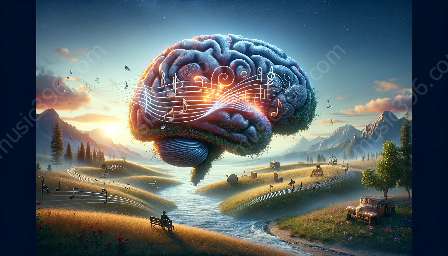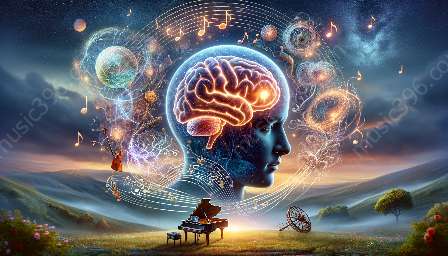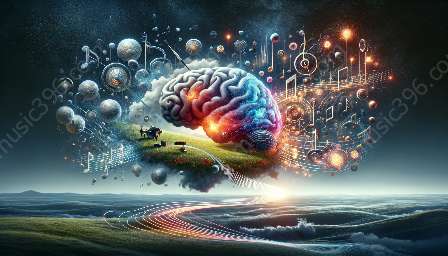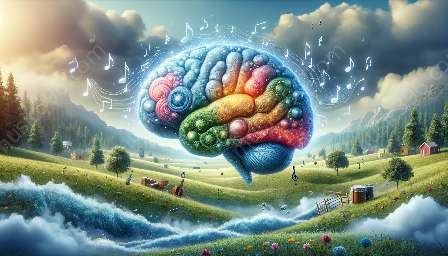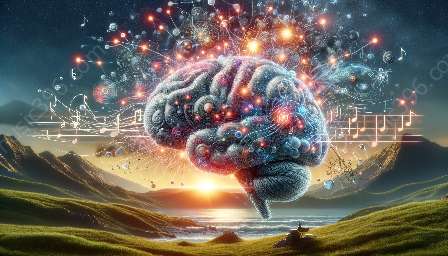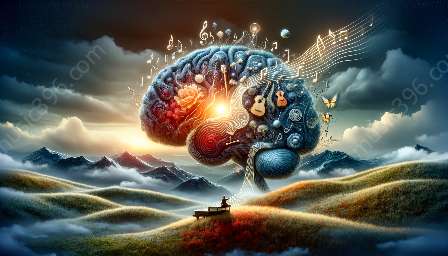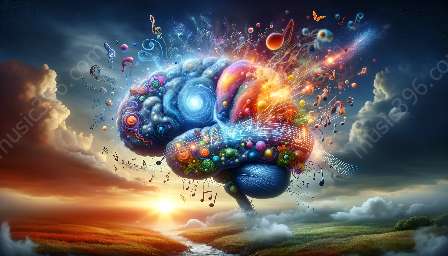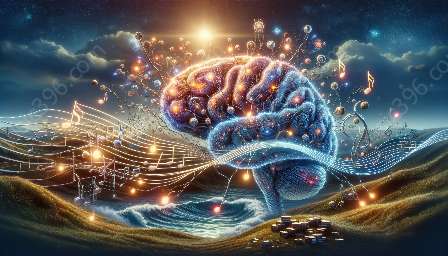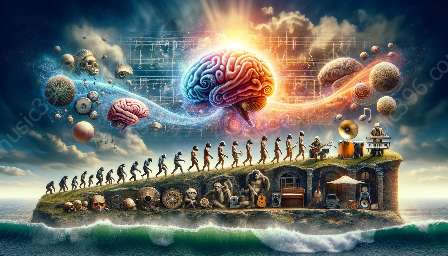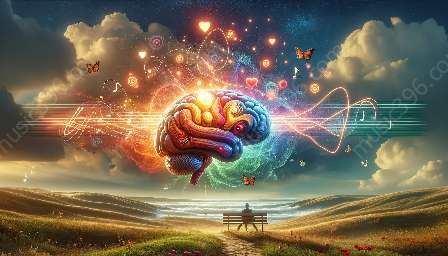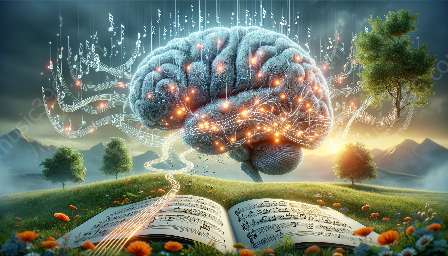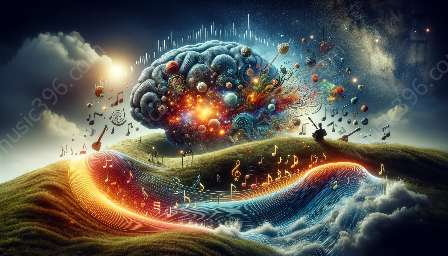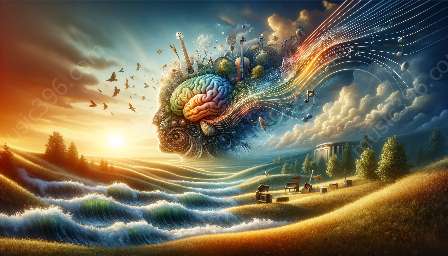Music has the power to evoke a wide range of emotions, and the effect of consonance and dissonance on the brain plays a significant role in shaping our emotional responses to music. Understanding how the brain processes these musical attributes is essential to comprehending the emotional impact of music and the intricate relationship between music and the brain.
The Role of the Brain in the Emotional Impact of Music
Music has been a part of human culture since ancient times, and its ability to elicit emotional responses has fascinated researchers for decades. When we listen to music, our brains undergo complex processes that involve various regions, including the auditory cortex, limbic system, and prefrontal cortex. These brain areas work in harmony to decode the sonic information and create emotional experiences.
The emotional impact of music is shaped by several factors, such as rhythm, melody, and harmony. Consonance and dissonance, in particular, are crucial elements in shaping our emotional responses to music. To understand how these elements affect the brain, we must delve into the cognitive and emotional processes underlying the brain's response to consonance and dissonance in music.
How the Brain Responds to Consonance and Dissonance in Music
Consonance and dissonance refer to the intervals and chords in music and play a pivotal role in determining the emotional impact of a musical piece. Consonant sounds are perceived as pleasant and stable, while dissonant sounds create tension and instability. When we hear these musical intervals, our brains react differently, leading to distinct emotional responses.
The brain's response to consonance involves a sense of resolution and stability. Research has shown that consonant intervals activate reward centers in the brain, such as the nucleus accumbens, which are associated with pleasant experiences and emotional fulfillment. This activation reinforces positive emotional responses to consonant harmonies, contributing to feelings of joy, calmness, and contentment.
In contrast, dissonant sounds elicit a contrasting reaction in the brain. The perception of dissonance triggers heightened neural activity in regions associated with emotional processing, such as the amygdala. This heightened activity reflects the brain's response to the tension and instability created by dissonant intervals, leading to feelings of unease, tension, and emotional turmoil.
The intricate interplay between consonance and dissonance engages various neural mechanisms that contribute to the emotional impact of music. These mechanisms involve the modulation of neurotransmitters, such as dopamine and serotonin, which are closely linked to emotional regulation and mood modulation.
Emotion Regulation and Music
Beyond evoking emotional responses, music has the capacity to modulate and regulate our emotions. Understanding the interplay between consonance, dissonance, and emotional regulation sheds light on the therapeutic potential of music in influencing mood and emotional well-being. Studies have demonstrated that exposure to consonant music can have calming effects on the nervous system and promote relaxation, while dissonant music may evoke feelings of tension and arousal.
Furthermore, the brain's response to consonance and dissonance in music is not solely limited to emotional experiences but also extends to cognitive processes. The experience of resolving dissonance to consonance can engage the brain's problem-solving abilities, fostering a sense of closure and satisfaction. These cognitive processes intertwine with emotional responses, shaping our overall perception of the music's emotional impact.
The Future of Understanding Music and the Brain
As technology and neuroscience continue to advance, our understanding of how the brain processes music and its emotional impact is likely to deepen. The exploration of individual differences in the brain's response to consonance and dissonance, as well as the influence of cultural and environmental factors, presents exciting opportunities for future research.
Moreover, the integration of neuroimaging techniques, such as functional magnetic resonance imaging (fMRI) and electroencephalography (EEG), allows researchers to investigate the neural correlates of emotional responses to music with unprecedented detail. These emerging tools offer a window into the intricate neural networks involved in processing consonance and dissonance, paving the way for a more comprehensive understanding of the brain's response to music's emotional impact.
In conclusion, the brain's response to consonance and dissonance in music is a multifaceted phenomenon that intricately intertwines cognitive and emotional processes. Understanding the neural underpinnings of these musical attributes provides valuable insights into the emotional impact of music and underscores the profound relationship between music and the brain. By unraveling the intricate mechanisms through which the brain processes consonance and dissonance, we can gain a deeper appreciation for the transformative power of music on our emotional experiences and well-being.



